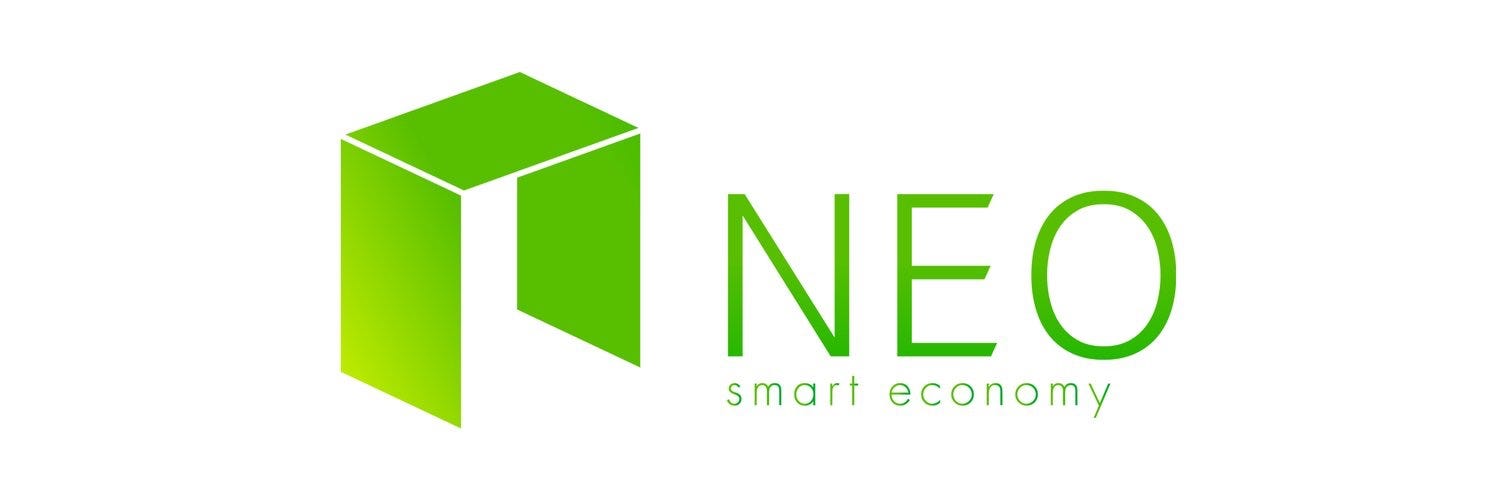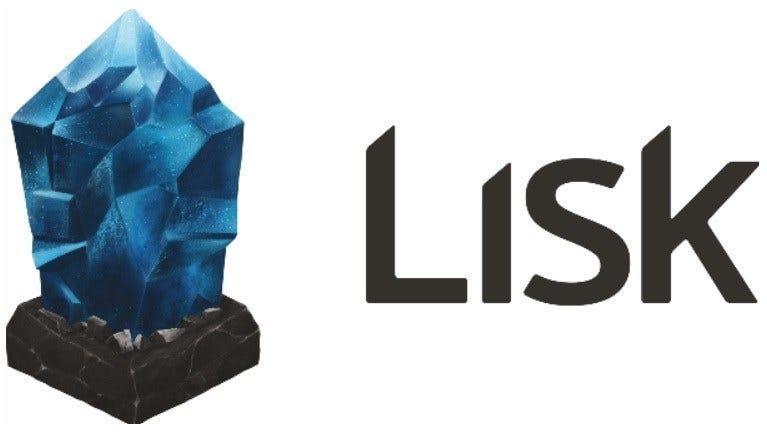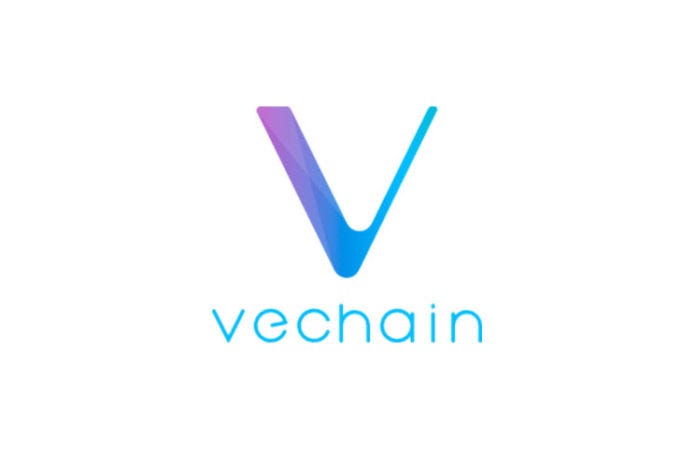Passive Income
Passive Income is income received on a regular basis requiring minimal to no effort to maintain
Doesn’t that sound fantastic?
Rental payments from an investment property or dividend payouts from holding large blue-chip stocks are traditional forms of passive income. But did you know you can earn passive income from crypto as well?
There are a few different cryptocurrencies that currently offer ‘dividends’ or payouts that range between 5 to 10% per annum. These payouts are IN the cryptocurrency, so are compounded by any growth in the currency valuation over time.
Think about it, a 10% return sure beats the 2–3% p.a. interest rate offered by your bank. It beats most government bonds at present in the 3–4% p.a. range. You could argue that it even beats the housing market in certain countries (In Australia house prices in Sydney have fallen 2% since January).
Some would say 10% is on par with stock market returns, but you’re forgetting that these ‘crypto dividends’ are compounded by any future growth of the base currency.
Say you invested $400 in ARK today. At the time of writing, ARK is priced at $4, so you would have a total of 100 ARK. Over the course of the year, through staking, you receive 10 additional ARK absolutely free. So you have 110 ARK now. Let’s take a guesstimate and say ARK merely reaches it’s last ATH of $9 in a year’s time. Your initial investment of $400 is now worth $990, a 147% gain. That’s an additional 22% gain from your ‘crypto dividend’.
Here are a few projects providing ‘crypto dividends’ or passive income.
ARK
ARK is a 3rd generation blockchain platform utilizing a Delegated Proof of Stake (DPoS) consensus mechanism (DPoS). ARK has one of the best Desktop Wallets which is easy to use and fully compatible with the Ledger Nano S, making it an attractive option to set up for staking.
To receive dividends from the ARK system, you simply have to buy some ARK, hold ARK in your wallet and vote for a delegate. The delegate will then provide you with a payout as a reward for voting for them.
Delegates are users that wish to help run the ARK network, much like Bitcoin miners in the Proof-Of-Work mechanism. To become a delegate, a user pays a 25 ARK fee and is registered as a delegate. ARK holders then vote for delegates, and the top 51 delegates are selected to verify transactions on the network and receive rewards for doing so. Most delegates create profit sharing plans to get users to vote for them; this is how ARK holders receive ‘ARK dividends’.
The average return for an ARK holder voting for a delegate is 10% per annum. Some of the most popular delegates include Biz classic, Dutch delegate, Jarunik, Sharkpool, Biolyn and Arkpool.
Not sure which delegate to pick? Head over to the ArkDelegates subreddit for more information.
Need help setting up your voting? Check out this tutorial.
Want to buy some ARK? You can purchase ARK on Binance, Bittrex, and COSS.
LISK (LSK)
LISK is a similar blockchain project utilising the DPoS mechanism and delegate voting. In LISK, the top 100 delegates stake coins and LISK holders can similarly vote for a delegate based off the payout they are offering.
Learn more about setting up LSK here.
Want to buy some LKS? You can purchase LSK on Binance, Huobi, Bittrex, and COSS.
NEO

NEO, formerly known as AntShares, is a blockchain platform utilizing a Delegated Byzantine Fault Tolerance (dBFT) algorithm. Like ARK, NEO has a very user-friendly Desktop Wallet developed by City of Zion that is fully compatible with the Ledger Nano S.
NEO holders receive their dividends in the form of GAS. GAS is the cryptocurrency used as the fuel on the NEO blockchain, and is given to all NEO holders with the generation of each new NEO block is generated. At the time of writing, dividends on holding NEO range between 4–5.5% p.a.
NeonWallet is hands down the easiest Ledger S Nano compatible wallet to use, check it out here.
Want to know how much GAS you could be earning? Check out this GAS Calculator.
Want to buy some NEO? You can purchase NEO on Binance, Bitfinex, Huobi, Bittrex and Kucoin
VeChain Thor (VET, formerly VEN)
If you’ve been in the cryptocurrency space recently, you’ve probably heard of VeChain. It was shilled so much that mentions of VEN were banned from the subreddit r/cryptocurrency for a month.
There are two types of tokens used on the VEN (to be renamed VET) ecosystem:
- VET: VeChain Tokens are used as a smart payment currency. This provides a user with the rights and priority to use the VeChain Blockchain
- THOR: THOR Power is the fuel of the VeChain blockchain, similar to what GAS is for NEO. THOR is consumed or burnt when smart contracts are executed or when VET is transferred between different addresses.
The VeChain network will have 4 types of nodes determined by the amount of VET held and the maturity date. Without delving into the specifics, Masternodes that hold more VET earlier on will receive a higher percentage payout.





 Sometimes we copy our favorite characters. My brother used to imitate Louie Duck of Ducktales. If you are creative with comedy and you can entertain people with your mimicry, orcomedy, or singing or drama you have a great potential to make money out of your youtube channel.
Sometimes we copy our favorite characters. My brother used to imitate Louie Duck of Ducktales. If you are creative with comedy and you can entertain people with your mimicry, orcomedy, or singing or drama you have a great potential to make money out of your youtube channel. 





